The UK Police Service is made up of many different ranks. Starting from the bottom, everyone who joins the police as an officer, will undergo a probationary period which usually lasts for two years. During this time, you must pass continuous training assessments and demonstrate to your superior officers that you have what it takes to become a fully qualified police officer.
When you join your chosen constabulary, you will be immediately issued with a number. This number is more commonly known as your warrant number. The warrant number stays with police officers for the entirety of their service, and all the way up to the rank of Sergeant. You will wear this number on your uniform shoulders whilst on duty. If you get promoted past the rank of sergeant, then this number will no longer appear on your uniform.
Sergeant is the first promotion after the rank of police officer, in the police rank structure. In order to become a sergeant, you will need to pass a number of examinations. These exams are nationally run, and include assessments such as the OSPRE. In order to progress beyond the role of Sergeant, you will need to seriously dedicate yourself to the force, as well as taking significant amounts of extra training.
Now, let’s look at the Police Rank Structure in more detail.
Police Rank Structure
Chief Constable – This person is responsible for the running of their Police Service, and reports directly to the elected members of the Police Authority.
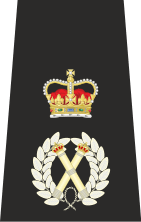
Deputy Chief Constable – This person acts as the deputy to the Chief Constable, and will also run the force when he or she is on leave/or away on duties outside of the Police Force.
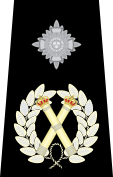
Assistant Chief Constable – This person is usually responsible for a specific section of the Police Force, such as Operations and Intelligence.
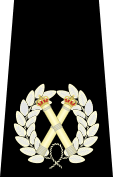
Chief Superintendent – This person is responsible for policy of a large area or Command of the Police Force in that area. These are usually geographical.

Superintendent – The Superintendent is usually responsible for a section of a Borough or Command, such as Operations, Crime or Partnerships.
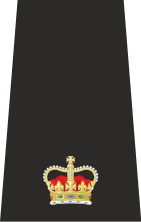
Chief Inspector – These people usually oversee large teams; such as response teams, CID or investigations. They are responsible to the Chief Constable for their particular area.

Inspector – Oversees all officers who are on duty at any given time, 24/7. Inspectors are operational and will also attend and take charge of serious operational incidents.

Sergeant – These supervise a team of officers at a station or unit. You will also see ‘Custody Sergeants’ at police stations in this role.

Police Constable – Generally turn up and respond to 999 calls. They will also gather information at incidents in their log books and attend court to give evidence when required.
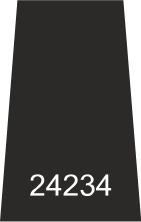
*All police rank structure images on this page have been taken from www.wikipedia.org, under the creative commons license https://creativecommons.org/licenses/by-sa/4.0/